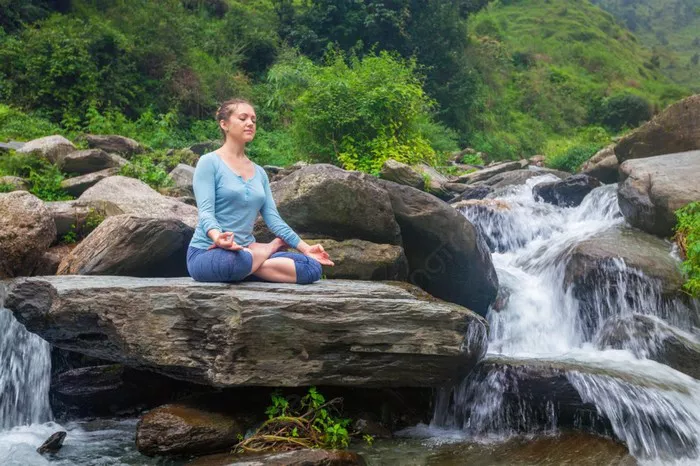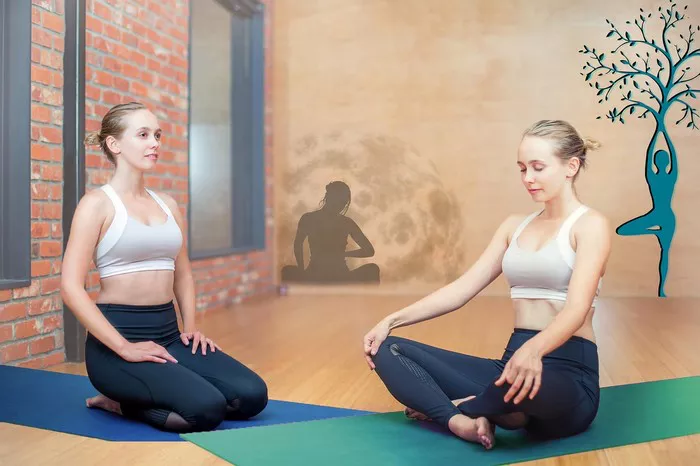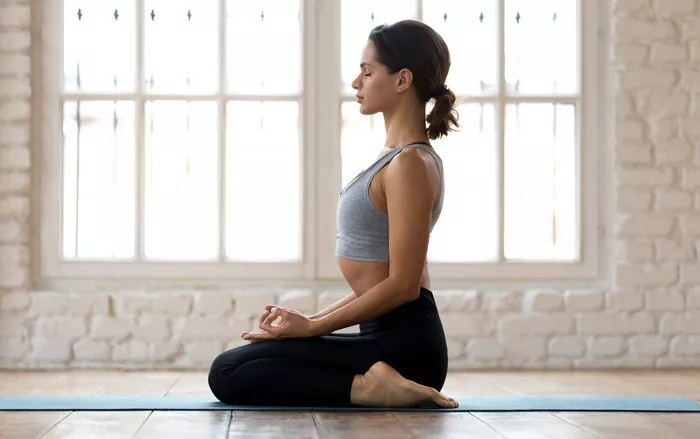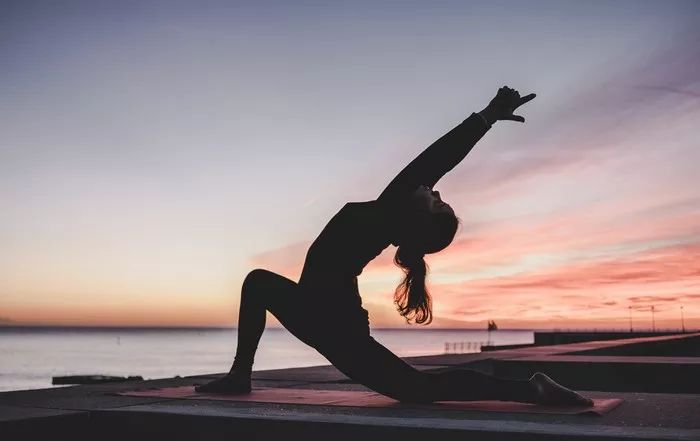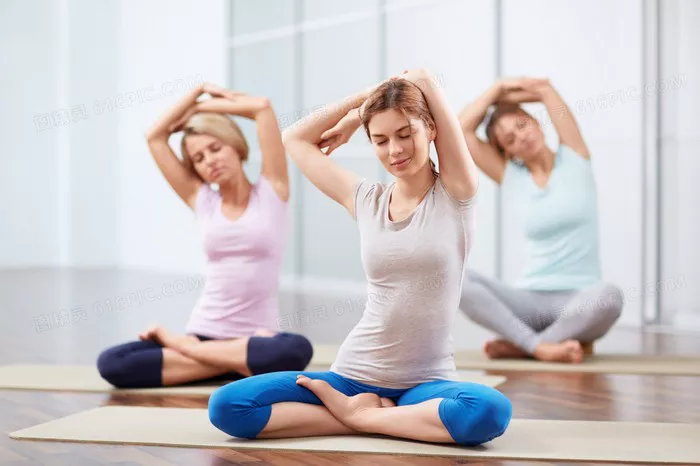Hatha yoga, a practice that has gained worldwide popularity in recent years, is deeply rooted in ancient Indian traditions. Its origins, however, are shrouded in mystery and enmeshed with the long – standing history of yoga as a whole. Hatha yoga, specifically, focuses on physical postures (asanas), breathing techniques (pranayama), and meditation to achieve this union. The exact beginnings of hatha yoga are difficult to pinpoint due to the lack of written records from the very early periods.
Origins and Philosophical Foundations
Hatha Yoga: The Ancient Root of Physical Practice
Hatha Yoga, one of the most primordial forms of yoga, traces its lineage back to ancient Indian scriptures such as the Hatha Yoga Pradipika. The term “Hatha” is a fusion of “ha” (representing the sun) and “tha” (symbolizing the moon), signifying the pursuit of equilibrium. This style places a strong emphasis on the practice of physical postures, known as asanas, breath control techniques called pranayama, and meditation. By engaging in these practices, Hatha Yoga aims to bring about a harmonious union of the body and the mind.
For instance, in a typical Hatha Yoga class, practitioners might begin with simple standing poses like Tadasana (Mountain Pose) to establish a sense of grounding, followed by gentle stretches like Uttanasana (Forward Fold) to lengthen the hamstrings. These physical movements are complemented by basic pranayama exercises, such as diaphragmatic breathing, which helps to calm the mind and oxygenate the body.
Iyengar Yoga: A Modern Precision – Based Approach
Developed by the renowned B.K.S. Iyengar in the 20th century, Iyengar Yoga represents a more contemporary and structured take on the yogic tradition. Stemming from Hatha Yoga, it has introduced a revolutionary element – the use of props. Props such as blocks, straps, and bolsters are integrated into the practice to assist practitioners in attaining correct alignment in their poses. Iyengar’s method is deeply steeped in anatomical precision, with a strong focus on the therapeutic benefits of each asana. For example, in a pose like Viparita Karani (Legs – Up – the – Wall Pose), a practitioner might use a bolster under the lower back and a wall for support to ensure proper alignment of the spine and legs. This not only makes the pose more accessible but also maximizes its therapeutic effects, such as reducing swelling in the legs and promoting relaxation.
Key Differences in Practice
Structure and Sequencing
Hatha Yoga classes typically follow a gentle and slow – paced sequence. Poses are held for a moderate amount of time, allowing practitioners to gradually ease into the movements and feel the sensations in their bodies. A class might start with a few minutes of gentle warm – up exercises, followed by a series of basic postures like Warrior I, Triangle Pose, and Cobra Pose. Each pose is held for about 30 seconds to a minute, followed by a smooth transition to the next one. Breathing exercises and relaxation techniques are interspersed throughout the class.
In contrast, Iyengar Yoga is highly structured. Poses are held for much longer durations, sometimes up to several minutes. The sequences are carefully crafted, often starting with simple standing poses to build a strong foundation, followed by more complex postures that gradually increase in difficulty. For example, a class might begin with Trikonasana (Triangle Pose) held for 3 – 5 minutes, with the instructor providing detailed instructions on how to align each part of the body. This extended hold helps practitioners to build strength and flexibility over time.
Use of Props and Alignment
In Hatha Yoga, the use of props is relatively rare. Practitioners rely primarily on their own physical capabilities to move into and maintain poses. While modifications are available, they are often left to the discretion of the individual. For example, in a pose like Downward – Facing Dog, a Hatha Yoga practitioner might adjust the position of their hands and feet based on their own flexibility and balance.
Iyengar Yoga, on the other hand, heavily relies on props to ensure perfect alignment. This makes it an extremely inclusive style, suitable for people of all ages, fitness levels, and body types, including those with injuries or limited mobility. Props act as aids to help practitioners achieve the correct form, whether it’s using a block to reach the floor in a standing forward bend or a strap to bind the hands in a backbend.
Who Should Practice Each Style?
Hatha Yoga: Ideal for Beginners and Relaxation Seekers
Hatha Yoga is an excellent choice for those who are new to yoga. Its gentle nature and basic poses make it easy to learn and understand. For example, someone who has never done yoga before can quickly grasp the fundamental movements in a Hatha Yoga class. It is also well – suited for individuals who are looking for stress relief, as the slow – paced nature of the practice and the focus on relaxation techniques help to calm the mind. Additionally, for those who want to improve their flexibility and gain a basic sense of mindfulness without engaging in overly strenuous physical activity, Hatha Yoga provides an ideal platform.
Iyengar Yoga: Perfect for Detail – Oriented Practitioners
Iyengar Yoga is particularly beneficial for those recovering from injuries. The use of props allows for a safe and supported practice, ensuring that the body is properly aligned and reducing the risk of further injury. Athletes can also benefit from Iyengar Yoga, as it helps to improve their alignment, which can enhance performance and prevent sports – related injuries. For individuals who have a strong desire to understand the biomechanics of yoga and the correct alignment of each pose in great detail, Iyengar Yoga offers a comprehensive learning experience.
Physical and Mental Benefits Compared
Hatha Yoga Benefits
Hatha Yoga has a wide range of physical and mental benefits. Physically, it significantly improves flexibility, as the gentle stretches gradually lengthen the muscles and increase joint mobility. It also helps in enhancing balance, which is crucial for overall physical stability. Mentally, the practice encourages calmness and relaxation, reducing stress and anxiety. By focusing on the present moment during the practice of asanas and pranayama, practitioners develop a greater sense of mindfulness. Additionally, it improves basic strength and heightens awareness of proper posture.
Iyengar Yoga Benefits
Iyengar Yoga is known for its ability to promote perfect posture. The detailed alignment instructions and the use of props help practitioners to correct postural imbalances and strengthen the muscles that support the spine. Through the prolonged holds in poses, it builds muscle endurance, which is beneficial for overall physical fitness. From a therapeutic perspective, it offers relief for chronic pain and joint issues. For example, individuals with lower back pain may find relief through carefully aligned backbend poses in Iyengar Yoga.
Choosing the Right Style for You
When to Choose Hatha Yoga
If you prefer a more laid – back, meditative practice that allows you to connect with your body and mind in a gentle way, Hatha Yoga is an ideal choice. It provides a well – balanced introduction to yoga, covering all the essential elements of asanas, pranayama, and relaxation. If you are looking for a way to reduce stress without putting too much strain on your body, Hatha Yoga’s slow – paced and calming nature makes it the perfect fit.
When to Choose Iyengar Yoga
If you have specific postural problems or are recovering from an injury, Iyengar Yoga’s focus on corrective alignment and the use of props can be extremely helpful. If you enjoy in – depth, methodical instruction and want to gain a profound understanding of the biomechanics of yoga poses, Iyengar Yoga offers a level of detail that is hard to find in other styles.
Conclusion
In conclusion, both Iyengar Yoga and Hatha Yoga have their own unique advantages and are tailored to different needs. Hatha Yoga serves as an excellent starting point for those seeking relaxation and a basic understanding of yoga practice. It offers a gentle way to introduce the body and mind to the principles of yoga. On the other hand, Iyengar Yoga provides a highly technical and alignment – focused approach, making it suitable for therapeutic purposes and for those who want to master the precision of yoga poses. By thoroughly understanding these differences, you can make an informed decision and select the yoga style that best suits your goals, physical condition, and personal preferences.
Related Topics






